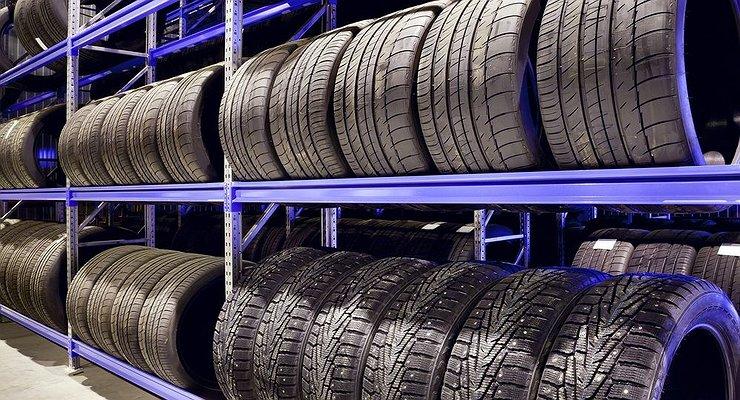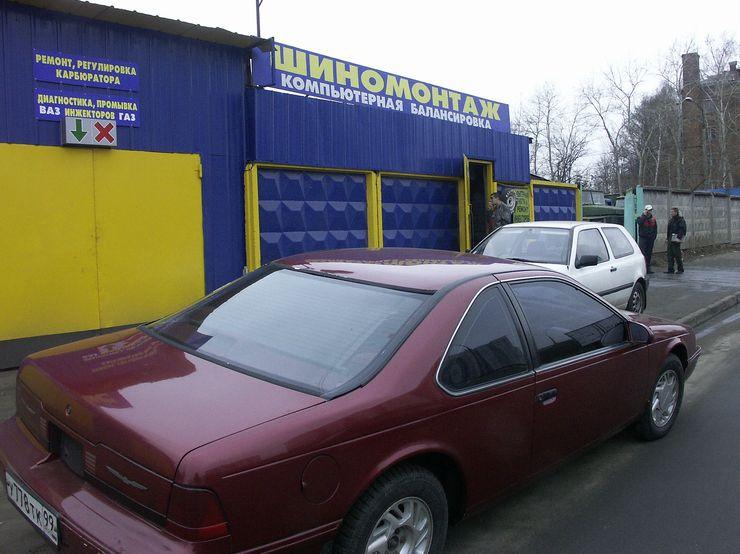
How to use tires to greatly reduce fuel consumption
What to do if the fuel consumption shown by your car is hurting your wallet more and more painfully? In this case, the next time you buy new tires, you should remember that the right tire can help save significant money on gas stations.
Saving a liter or two for every 100 kilometers will allow the right approach to the selection and operation of tires. The level of fuel consumption, among other factors, is significantly affected by the rolling resistance of the wheel. It depends on a number of parameters.
One of them is the air pressure in the tire. It is known that a large amount of energy is spent on mechanical deformation of the wheel during rolling. The less it is inflated, the more it collapses when moving. Conclusion: to save fuel, the wheel should be pumped slightly. This does not have the best effect on its shock-absorbing properties, accelerating the wear of the suspension elements and significantly reducing the comfort of the cabin occupants. Pumped-over wheels "cling" to the road worse - with all the ensuing consequences for the car's handling and safety.
The characteristics of its material also affect the energy loss from mechanical deformations of the wheel. The more “oak” and less elastic the rubber compound is used to create a particular tire model, the less it is prone to deformation. This effect, by the way, is widely used by wheel manufacturers when creating so-called "energy-saving tires". In real life, their use affects the handling of the car in much the same way as excess tire pressure. Although advertising "energy-saving" rubber, of course, does not mention this.

As for the tread pattern, the less “toothy” it is, the lower its contribution to rolling resistance and excessive fuel consumption.
Tire width is one of the most significant factors affecting rolling resistance. Among other things, its increase also increases the mass of the wheel in the most significant way, since it also entails an increase in the width and rim. This results in additional power consumption of the motor. The narrower the tire, the less, ultimately, the fuel loss attributable to it. According to data from various sources, by reducing the tire width index R16 from 265 to 185, it is possible, ceteris paribus, to obtain fuel savings of 1-2 liters per 100 kilometers.
As for the influence of the wheel radius itself on the amount of rolling resistance, then in the general case - with constant uniform movement - the larger the radius, the lower the rolling friction loss. But cars drive like this only on suburban highways. When starting from a standstill, it is easier for the motor to spin a wheel of a smaller radius, spending on this, respectively, a smaller amount of energy and fuel. Therefore, if a car drives mainly around the city with frequent acceleration and deceleration, then it is more profitable from the point of view of economy to use tires of the smallest possible size. And if the passenger car spends most of its time on country roads, it is worth stopping at the wheels of the maximum radius allowed by the manufacturer's specification.
